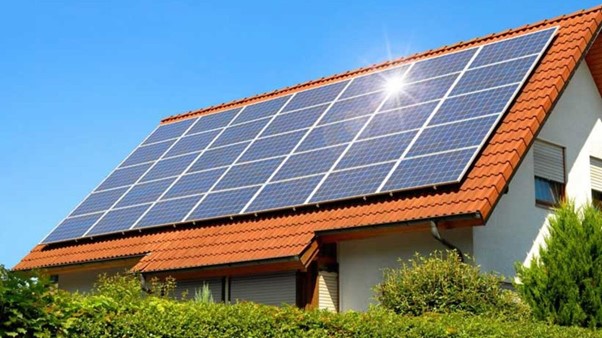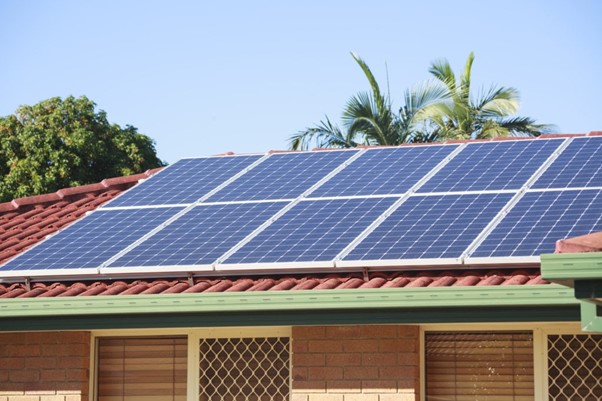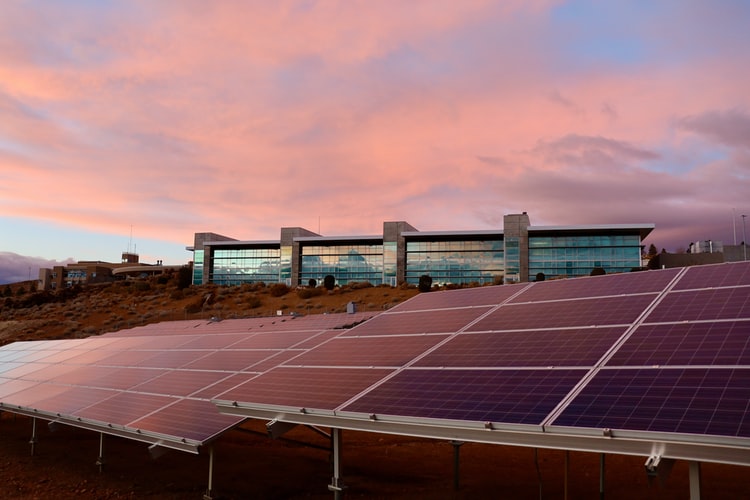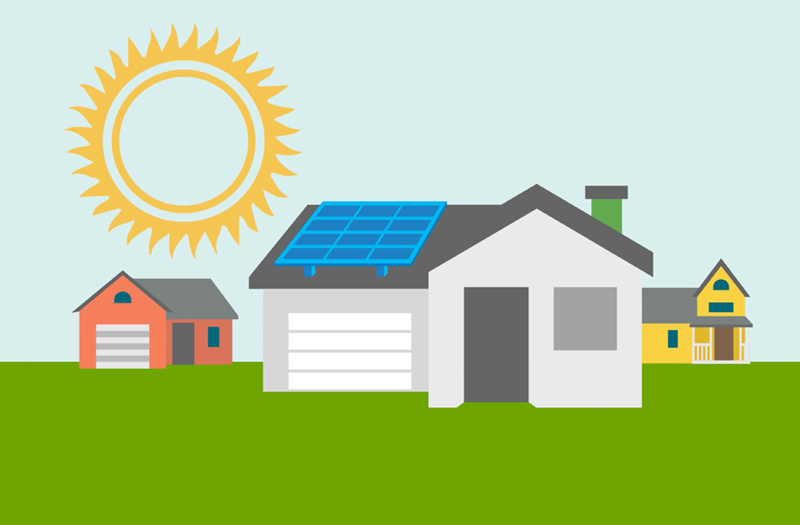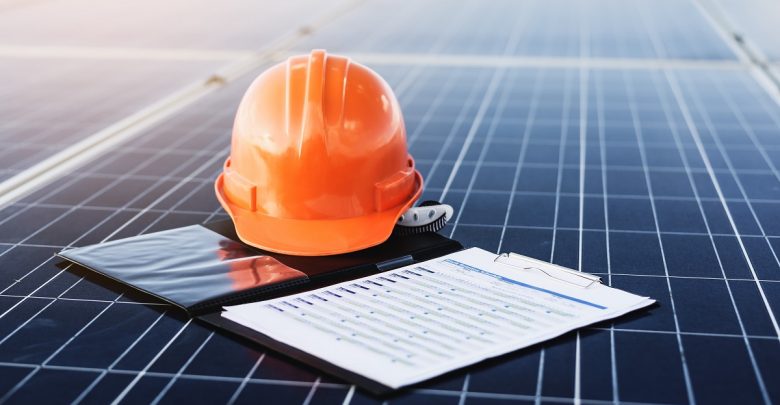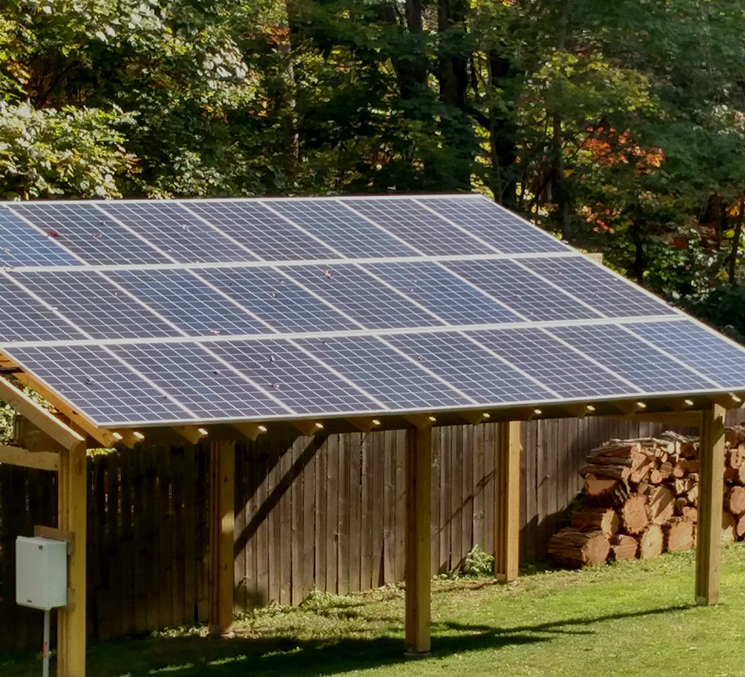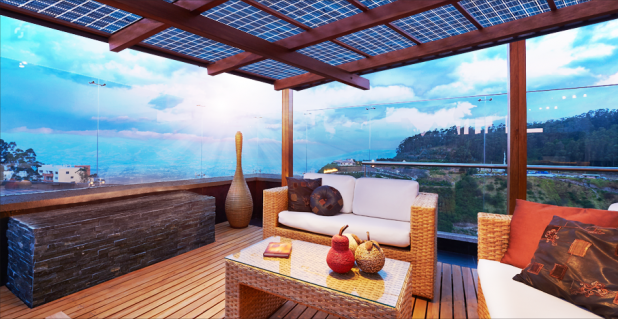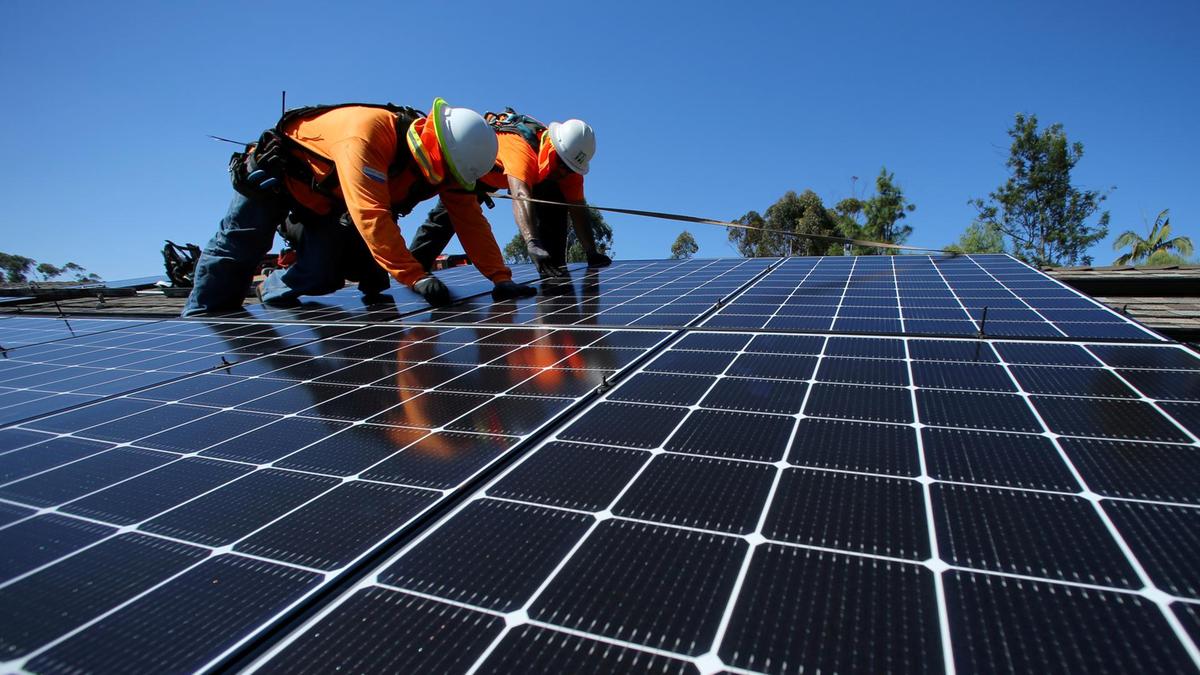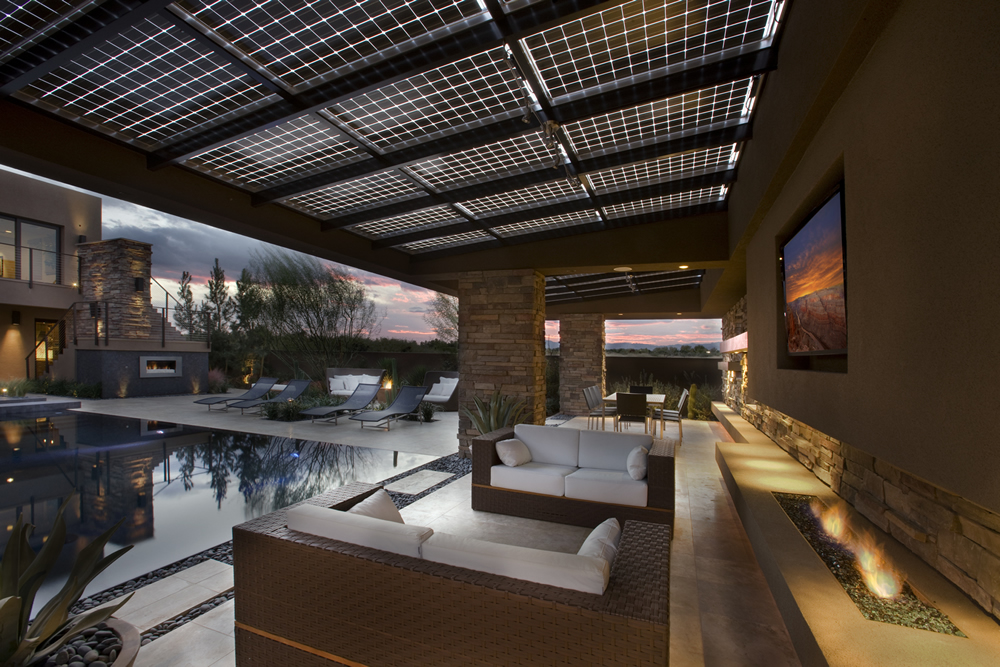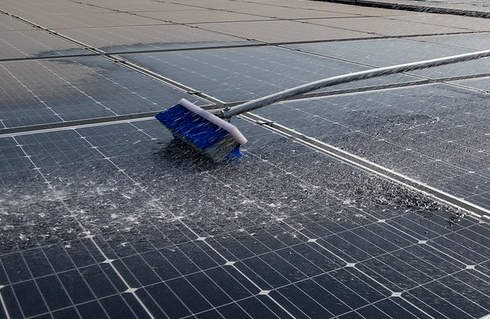There aren’t many big home transformations as much like a rooftop solar PV system that adds substantial value from day one and delivers the best ROI for many years to come. Since solar is still relatively new in the market, not many homeowners know how it can add to the valuation of their homes.
Depending on several factors like the type of solar, location of your house and more, your solar investment will yield attractive returns in the long run.
Let’s see how and by how much value a residential solar system adds to your house.
Types of Residential Solar Systems
When you’ve made a decision to buy a rooftop solar system, you can pick either an on-grid (also known as a grid-connected) solar system or an off-grid solar power system (solar with battery storage). Your choice will define your access to solar electricity, the equipment needed to store solar energy, the electricity billing and metering process, and what happens if the power grid fails.
With a home solar system not connected to the local utility grid, you depend only on sunlight for your energy needs. The system will also have a series of batteries to store solar power generated, so that it can be used overnight or on cloudy days when you don’t get enough sunlight for optimum generation.
On the other hand, with a home solar system tied to the grid, you have the back up of the utility company. The grid acts as a huge battery bank for end consumer. You can even sell the surplus solar energy back to the grid as per the net metering guidelines of the state and can always get lack of electricity from the grid in case your generation lags behind your consumption.
Location of the House
Before wondering about solar rooftop prices, it is important to know if your home is in a good geographical location for installing solar panels, especially if you live in densely populated regions of India. One pre-requisite for installing a solar system on your rooftop, is that the solar panels must get direct sunlight to produce ample electricity for your domestic needs.
You can ask any solar installation company in Delhi or anywhere in India to inspect your property’s orientation with respect to sun, roof angle, and any shading due to trees or neighboring houses to determine if your roof receives enough direct sunshine.
The solar installation companies determine all these things after a site visit to your premises, and share the proposal with an estimate of required solar capacity system and projected solar generation based on annual irradiation. The right installation will ensure that your solar panels can generate maximum electricity, thus giving you maximum savings in the electricity bill.
Among the numerous advantages of installing a solar energy system, solar for home is also a great way to offset electricity bills for the foreseeable future. With unstable conventional energy tariffs in India, a home producing its own electricity becomes more attractive to potential buyers when put up for sale. You can easily raise the valuation by the total economical benefit that solar system is going to provide you for the residents of the house for the lifetime of the solar system.
Installing solar panels adds significantly to your home’s resale value. For each kilowatt installed, the value can increase by lakhs. However, the rate may be higher or even lower depending on your property’s geographical location and your system’s age and output.
Life of Solar Panels and Output
The average lifespan of a solar system as per the market standard is 25 to 30 years. After this period, the system’s electricity production declines below what it initially produced. The energy generation capacity is determined by the location of your home and the size and quality of your system. A 1kWp solar system, for instance, can give an average of 1400 units per year.
Since solar panels don’t have any moving parts, they are not prone to physical damage and may continue to produce energy for many decades. Premium solar panels for homes are of sturdy build and rarely get damaged by debris, strong wind, or other external factors. Internal damage can only result from inclement weather and a poor racking setup, which is also less common.
However, if you are selling your home when the solar system is nearing or has crossed its high-efficiency age, such old solar systems might not add much value to your home.
It’s true that the initial residential solar panel installation cost is still high for homeowners. However, the high (or not so high) solar rooftop prices are offset by the system’s powerful as much as 90%* in Delhi and Gurugram, and also increase your home’s value.
Want to know the price of a rooftop solar system and the optimum size for your home?
HomeScape by Amplus Solar offers end-to-end, hassle-free solar solutions. We are among the top solar installation companies in Delhi and other states of India and have solarized more than 800+ residential homes so far. The unique designs of our transparent, dual-glass solar panels add aesthetic appeal to your roof while powering your home.
Reach out to our solar experts for a home assessment today.
